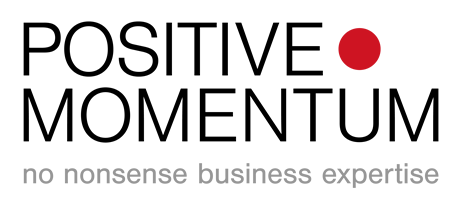I will be the first to admit that I considered company mission statements as consultancy mumbo jumbo for the largest part of my career. Sitting in lengthy meetings discussing a bank’s mission felt like the height of insincerity when everyone round that table knew that the key deliverable was a healthy bottom line. At best it was a chance to remind ourselves what the CEO thought we were there for, at worst an excruciating waste of time.
Working now, as I have the great honour of doing, with multiple companies across multiple sectors and geographies, I have come to see great Mission Statements as one of the key differentiators for success. Why? Because a meaningful mission statement does the following critical things;
It serves as the business’ North star.
Running a business without clarity on what it is there to do is a bit like spending time on the web without being clear what you are looking for. You can spend a happy and interesting few hours, but you won’t come out of it with the information you need to drive whatever you are doing forwards.
Product development is one area where North Stars can be incredibly useful. know I have been guilty of pursuing tech for tech’s sake in the past. The shiny, clever tool or product which promises to make your business stand out from your competitors and which you assume will be as attractive to your clients as it is to you. A strong mission statement serves as a filter to ensure that every new product you bring to market serves the clear purpose of your organisation and isn’t simply another distraction from achieving that purpose.
It aligns ambitions
Many of the companies I work with are challenged with collaboration either with new colleagues as a result of mergers or acquisitions or are collaborating more proactively with external organisations in order to create attractive consortiums for winning larger tenders. Investing the time in understanding what each party is wanting to achieve through this collaboration can avoid the mis-alignment of interests that so often challenge effective collaboration. Knowing what you want to achieve comes back again to having strong, clear mission statements. Each party may have very different things that they want to achieve through the collaboration but where they can understand each other’s, they are much more likely to collaborate successfully.
Take as an example, Amazon’s phenomenally successful partnership with PayPal. Amazon’s Mission statement is “To be Earth’s most customer centric company”. PayPal’s is “To provide simple, affordable, secure and reliable financial services and digital payments that enable the hopes, dreams and ambitions of millions of people around the world.” Whilst both are a tiny bit toe-curlingly grandiose, there is no disputing that the collaboration enables Amazon to offer an extremely easy payment journey and offers PayPal the opportunity to reach many more people for whom they can hope to enable their hopes, dreams and ambitions. Different missions, same method for meeting each of them, an excellent payment experience on Amazon.
It aligns employees
This has 2 benefits.
-Firstly, it prevents senior leaders from pursuing goals which are more closely aligned to their own career advancement and self-aggrandisement than meeting the customer need. If UK banks had remained close to their mission statements in the early 2000’s, I doubt we would have seen some of the behaviours that resulted in subsequent mis-selling scandals.
-Secondly a great mission statement ensures you attract the right people to your organisation and keeps them engaged whilst they are with you. This excellent Harvard Business Review webcast covers this point brilliantly.
A strong, clear mission statement therefore attracts engaged staff and protects against the staff motivated by the wrong things.








